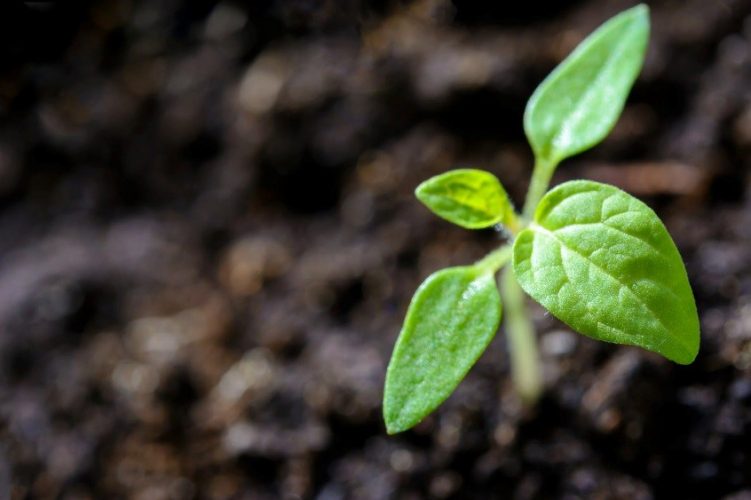


When choosing whether or not to use biostimulants you may ask yourself: does the introduction of these new techniques require a review of all systems? What is biostimulation and how does it work? What benefits can biostimulants provide for crops? Find out more.
While biostimulants offer genuine advantages for agricultural yields, it is important to first understand what they are and how their different actions function on the plants.
The European Commission defines biostimulants as “substances which stimulate the nutrition processes of plants regardless of the nutritional substances that they contain, with the sole aim of improving one of more of the following properties of the plants or of their rhizosphere.
Biostimulants are defined by their stimulation effect on the natural processes of plants, which boost the quality of yields.
Biostimulants are made up of natural ingredients and there may be different types of products from biostimulation: metabolites of fermentation, algae or plant extracts, micro-organisms, mushrooms, bacteria, amino acids, humus substances, biomolecules, etc. They may take different forms depending on their use and the requirements of farmers: liquid mixtures, micro-granules, powders, etc. These biostimulants can be applied via leaves or the roots.
But why I actually need biostimulants?
By stimulating the internal and natural metabolism of plants (hormonal activity, genomics, absorption of nutrients, growth, flowering, fruiting, etc.) and by protecting them from the impact of abiotic stress,biostimulants optimise agricultural yields. The plants are more vigorous and better able to withstand climatic variations, thus providing better yields.
It is this increase in the plants’ energy input from the biostimulants that allows them to withstand abiotic stresses, for example, in all types of environments, in particular during the main growth phases and at-risk phases, such as flowering.
So does the use of biostimulants require all practices to be reviewed?
Today, there are many different types of biostimulants, available in a variety of forms. Some of them can also be mixed with other fertiliser solutions or traditional phytosanitary products, meaning they can be directly incorporated into crop schedules.
To bring out their full potential, it is necessary to learn how to correctly position these biostimulation products, regardless of their form, and to fully understand how they work. It is a question of applying the solution via the leaves or the roots, in good quantities. The choice of the period of application is crucial: it is a question of positioning the biostimulant when the plant is at its most receptive in relation to the intended objective (germination, flowering, maturing, etc.), anticipating the critical periods which impact the components of the yield, such as flowering or setting. Lastly, it is crucial to take into account the agro-climatic conditions when applying the product (temperatures, hydrometry, wind, etc.).
Biostimulants are excellent products for naturally stimulating the metabolism of crops. Thanks to their simplified and logical use, they are a new solution for farmers who are looking to move to sustainable agriculture, whilst still fulfilling the needs of their plants and meeting their yield objectives.
Learn more about the Agrauxine biostimulation range and please contact us for advice on choosing biostimulants.